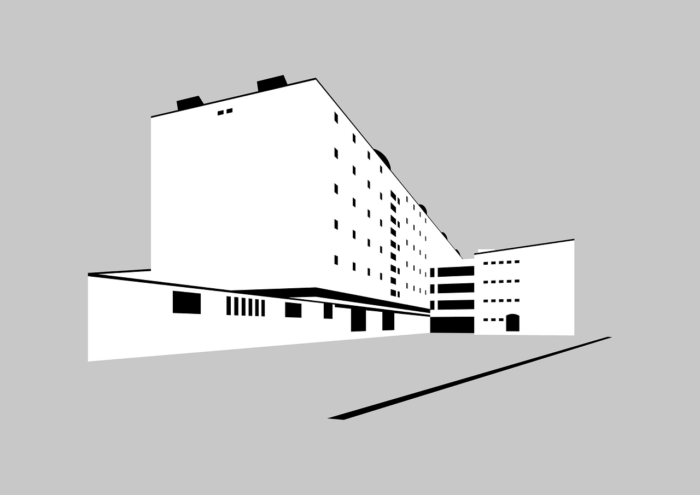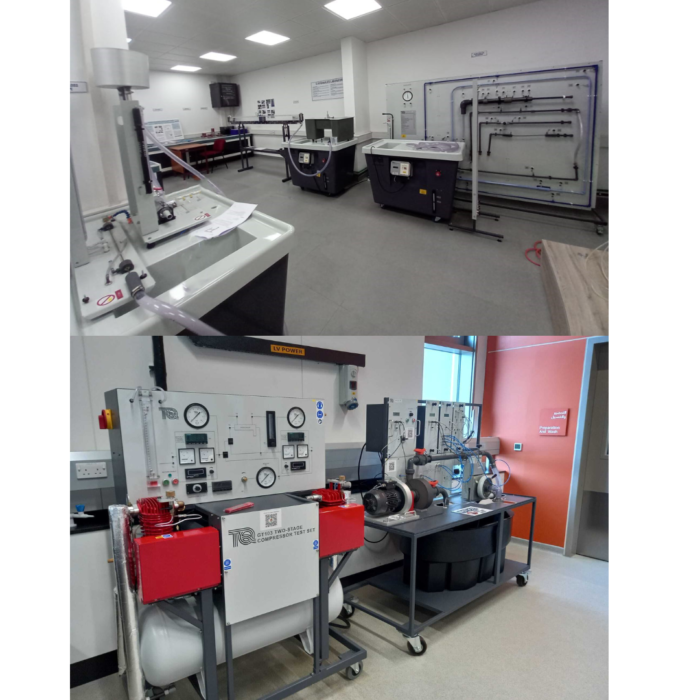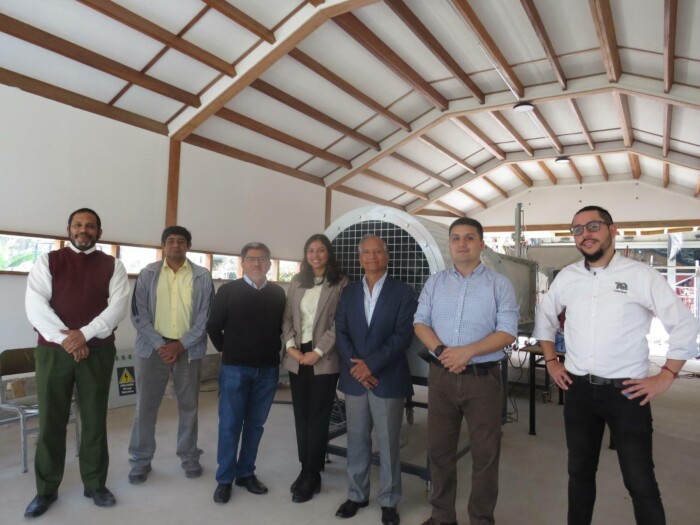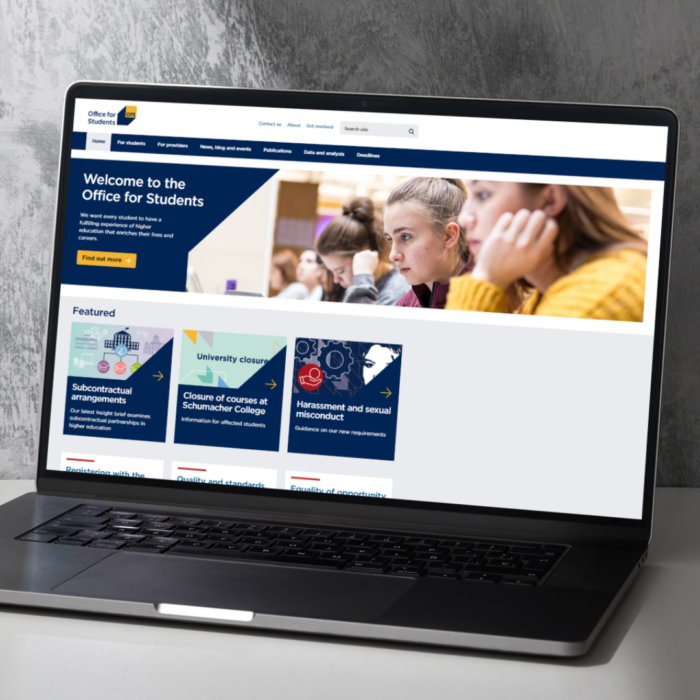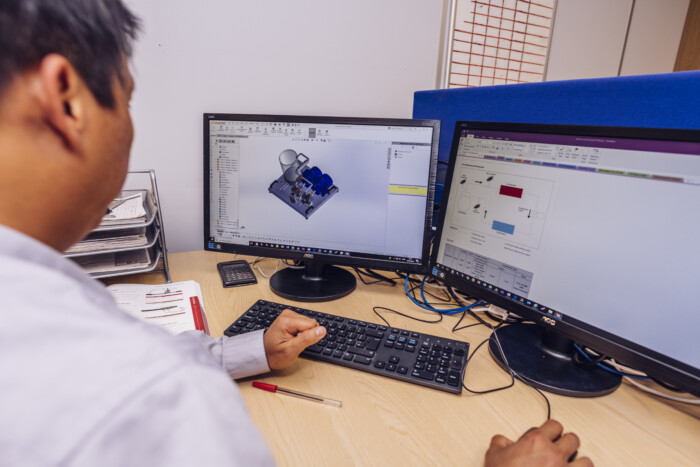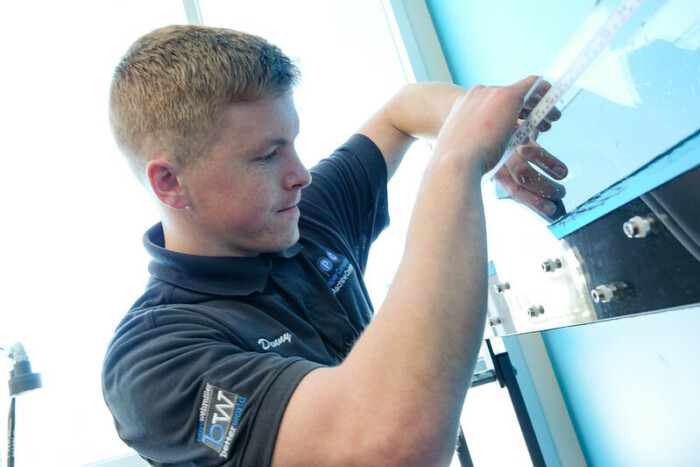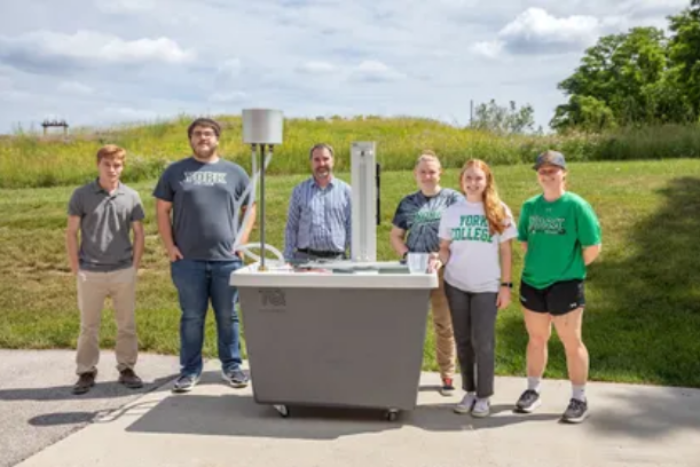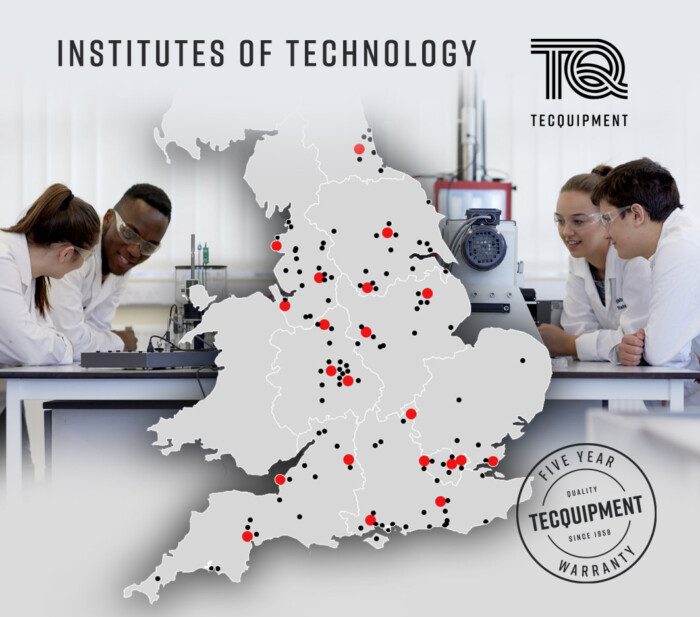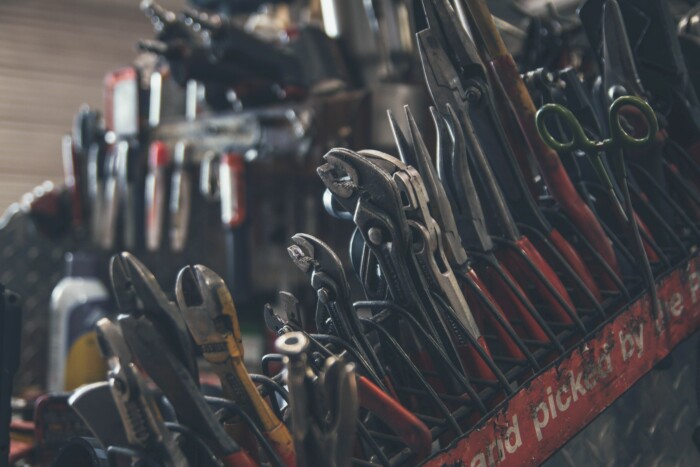Research is systematic investigation and study that aims to establish new facts and conclusions that are previously unknown or unverified. Research takes technology to new levels, it helps to make dreams a reality one step at a time.
Education is the practice of teaching what is already known; the facts, the proven methods. Educating someone shares knowledge and understanding, it gives us the ability and tools to communicate, to complete tasks and to solve problems.
A research product is aimed more at a narrow view point, investigating a very specific piece of theory, or determining what happens in very specific scenarios. For these products, accuracy is normally highly important in order to be able to prove or disprove a theory. The end user is someone who has already been educated in the topic of research but wants to investigate further, to expand the field or validate a new hypothesis.
An educational product is aimed at giving the user the understanding of a topic. Informing them how a system or object is affected by different parameters. There are obviously different levels of teaching, so I will use two examples to help demonstrate.
Let’s look at an example, our Subsonic Wind Tunnel. It is designed to teach some basics of aerodynamics. It is designed, for example, to show the difference between a symmetrical aerofoil (NACA-0012) and a cambered one (NACA-2412) demonstrating the characteristics of two significantly different profiles and the advantages and disadvantages that each one has. It is not designed to optimise the wing profile by testing the difference between two very similar profiles, for example a NACA-0012 and a NACA-0015 where the shape is very similar (the second is slightly thicker than the first for the same chord length).

Basic Fundamentals
To expand a little further, let’s consider a very simple product, teaching very basic fundamentals. The ES6 Tensile Tester aims to teach about tensile strength, stress, strain and so on at a simple and visual level. The manual guides you through each experiment and how to process the results to compare material properties, without the need for complex equations or lengthy experiments, such as would be needed to refine a brand new composite made from space age materials.

Our products are designed to enforce the facts, to show that the theories are true. As we all know, most theory is based on ideals, or assumes that some aspects are insignificant in order to simplify the mathematics. When this is the case, our products help to illustrate these errors and give students the knowledge, allowing them to appreciate which parameters are crucial and which are not. We focus on producing products that show trends and comparisons between one condition and the next in a real world environment. We select sensors and instruments that give us reliable, repeatable results with sufficient accuracy and resolution to show the difference from one experimentation point to the next. There are, of course, some cross overs. Some educational based equipment can be used for some research, and some research equipment can be used for teaching.
We always have to balance these goals against cost. We have a global market and aim to keep education accessible to all. We aim to create a product that meets the needs of the many rather than the few. Research equipment is often bespoke and highly specific to one customer’s needs.
To give an example, TecQuipment’s TM1016V Free and Forced Vibration Apparatus required a non-contacting sensor that is fast, accurate and with high resolution. Having high response and resolution capabilities were the two priorities for the sensor, firstly to give a nice trace of the beams vibrating (such as you would get with an oscilloscope) and secondly that it works in accordance with the other sensors on the product. This sensor offers good accuracy levels. However, to increase its specification to research standards using a complex laser sensor would mean considerably higher costs. As powerful and accurate as these sensors are, their costs are an order of magnitude greater, and the cost-benefit for a student was not justifiable. This is before we even begin to consider any safety or exporting issues.

Maths and Theories
Engineering is more than maths and theories. We need to understand trade-offs, the advantages and disadvantages, and the consequences of failure. Engineering isn’t about using the best method, it’s about optimising something that works within a system, balancing size, cost, strength, mass (to name but a few parameters) to achieve an optimum design. We aim to design our products to help build a foundation of understanding and knowledge. We aim to provide variability into experiments so students can learn how system behaviour is affected, one parameter at a time.
Take our TD360 Heat Exchanger, there are 4 heat exchangers, we designed them to each have the same surface area for heat transfer to show the relative size and performance each type has. A student then gets an idea of scale; yet the plate heat exchanger does not exchange as much heat as some of the others, but it is a compact design that easily scales up to real world applications.

In Conclusion
Research and educational equipment share many similarities, but they are designed for different target audiences; research equipment provides the tools to prove theories and hypotheses, while educational products are designed to demonstrate proven facts and methodologies. Education comes first; giving students the basics, the understanding, the knowledge, all as stepping stones to the future. Once educated, students can then push out the boundaries and technological limitations through research.
We believe that educational equipment offers students the tools to understand complex theories that will empower them to advance what is ‘known’ and share the knowledge with future generations.



